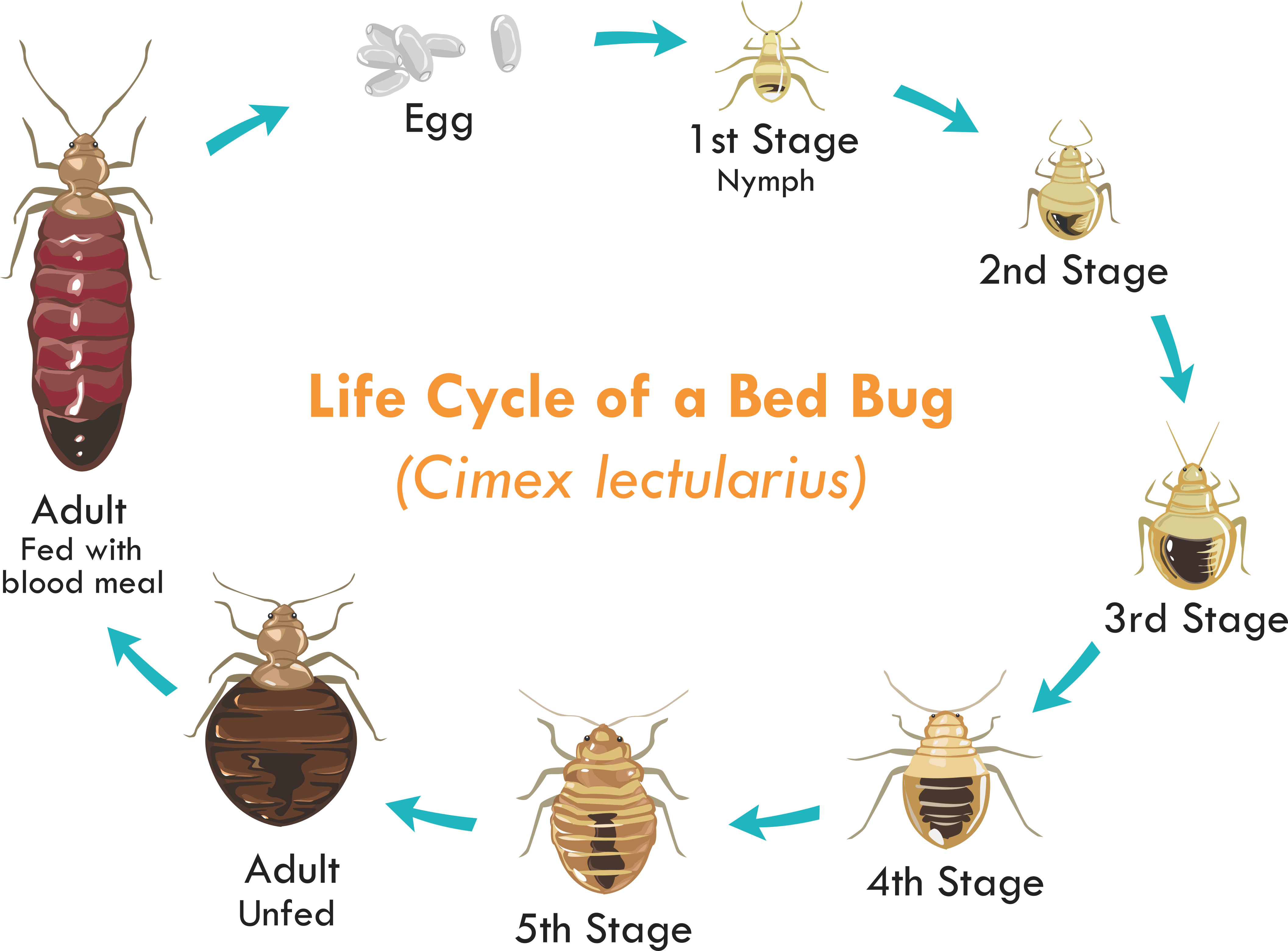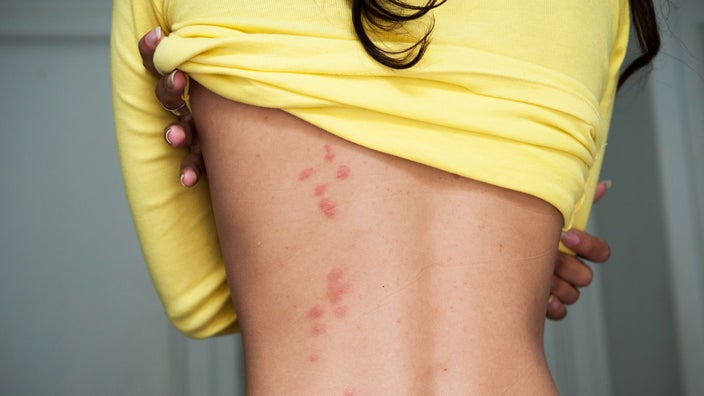Top-Rated EZ Commercial Pest Control Solution for Organizations
The Ultimate Bed Insect Treatment Handbook: Expert Insights and Recommendations
Within the world of pest control, bed pests pose a distinct difficulty with their evasive nature and durable visibility. The mission for efficient bed bug therapy techniques has brought about a huge selection of recommendations and services, some even more trusted than others. In this handbook, professionals in the area use their understandings and recommendations based upon years of experience combating these consistent pests. From recognizing bed pest habits to applying avoidance strategies and identifying infestations, this detailed overview intends to gear up visitors with the expertise required to deal with bed insect issues successfully.

Comprehending Bed Insect Habits
Comprehending the detailed behavior patterns of bed bugs is crucial for efficient pest control techniques. Bed pests, clinically referred to as Cimex lectularius, are little, reddish-brown parasitic bugs that feed upon the blood of human beings and animals. These nighttime insects are experienced at concealing in fractures and gaps near their hosts' sleeping areas, making them testing to identify and eliminate.

Effective Avoidance Techniques
To properly fight the spread of bed pests, applying proactive avoidance methods is critical in maintaining a pest-free setting. Among the key prevention strategies is to regularly inspect and tidy areas where bed bugs can hide, such as bedding, furniture, and cracks in walls. Furthermore, decreasing mess in living spaces can lessen possible hiding areas for these pests. Sealing cracks and gaps in walls, floors, and furniture can additionally help protect against bed insects from entering the properties. Using safety covers on cushions and box springs can work as a barrier against bed bugs. When buying pre-owned furnishings or clothing, evaluating things thoroughly before bringing them into the home is vital in preventing bed insect infestations. In addition, exercising good hygiene and lessening the threat of exposure to bed insects in public areas can assist in prevention initiatives. By integrating these preventive actions right into normal household routines, people can dramatically lower the chance of bed bug invasions.
Identifying Bed Insect Infestations
Upon going into a room believed of a bed pest invasion, one may see small red or brown areas on bed linens or furniture, suggesting the presence of these insects. Another usual indicator of a bed pest problem is the existence of molted exoskeletons dropped by expanding bed pests.
A stuffy odor in the space can also show the presence of bed insects, as these bugs launch pheromones that lead to a distinct odor. Inspecting splits and crevices in furnishings, wall surfaces, and bed mattress joints might disclose actual bed insects, which are reddish-brown, oval-shaped bugs concerning the size of an apple seed. Comprehending these indications is essential for very early discovery and reliable therapy of bed insect invasions.
Suggested Treatment Techniques
Efficient bed pest treatment techniques count on a mix of thorough inspection, see post targeted elimination, and safety nets to eliminate infestations efficiently. The initial step in dealing with bed bugs is a thorough inspection to identify the degree of the infestation. This frequently includes examining locations where bed insects are most likely to hide, such as mattress seams, furniture joints, and electrical outlets. Once the problem is validated, targeted extermination methods can be employed. Common techniques consist of utilizing pesticides, heat treatments, or freezing methods to eliminate bed pests in any way life phases. It is necessary to comply with the guidelines offered by bug control experts when utilizing these methods to guarantee safety and performance.
Along with elimination, safety nets play a critical role in avoiding future invasions. This consists of consistently cleansing and decluttering living areas, securing splits and holes where bed bugs can hide, and using bed mattress coverings to safeguard versus problems. By integrating extensive evaluation, targeted extermination, and precautionary steps, individuals can effectively fight bed bug problems and keep a bed bug-free environment.
Preserving a Bed Bug-Free Environment
After executing reliable bed insect therapy methods, keeping a bed bug-free environment calls for consistent vigilance and positive procedures to protect against future problems. Framing mattresses and box springs with bed bug-proof covers can avoid any remaining bed bugs from leaving or brand-new ones from infesting. Securing cracks and gaps in wall surfaces, furnishings, and other possible hiding places can restrict bed insect activity and protect against infestations.
Verdict
